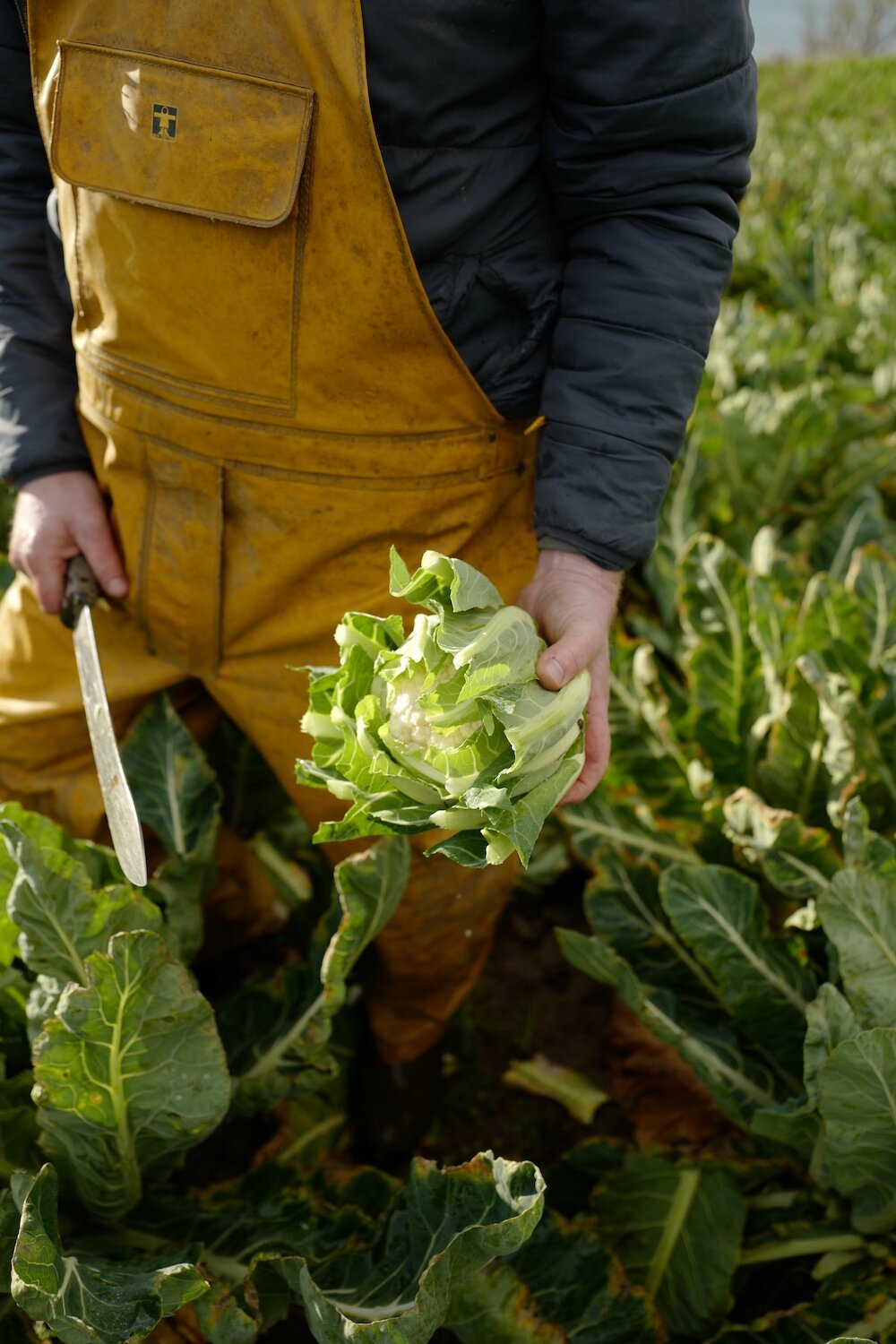a vegetable farmer
There are some of us who seem destined to follow in the footsteps of their fathers and grandfathers. Following on in the family business and developing those businesses as their markets continue to change and evolve. Stuart is one such individual and here’s his story on how his farming business has grown, excuse the pun, and changed for him over the years.
From the earliest years of Stuarts life, he remembers nothing other than farming. Living on a farm, helping out as a kid on the farm and generally being part of that lifestyle. The farm that he was brought up on was his mum and dads which they built up themselves and the surrounding farms locally were also either Stuarts grandads, uncles or cousins. Farming was a family life in every way.
Stuart remembers that whilst he was at school he always knew he was going into farming. Once he finished school he went straight to work on the family farm with his parents, growing cauliflower, cabbages, potatoes, cereals and strawberries. Farming is one of those industries that you generally learn from, how your parents have farmed in the past but it was also equally important for Stuart to learn more in a classroom environment, so he enrolled at the local college and studied horticulture for 2 years.
“Farming has changed a lot over the years, as machinery has got larger and mechanisation has taken over, to enable us to farm more land with fewer people at cheaper prices, driven down by the multiples”
The family farm in those early days was 70 acres but over the years, that acreage increased with some hard work on the family front to 150 acres. Farming life is a hard life. Stuart has been farming for over 30 years now and he’s seen some significant developments and changes. He told me “Farming has changed a lot over the years, as machinery has got larger and mechanisation has taken over, to enable us to farm more land with fewer people, at cheaper prices driven by down by the multiples. Many of the smaller independent farmers now specialise in 1 or 2 crops as this is the best way to stay large enough to remain competitive in the market place.
Over the years Stuart has scaled back the farms crops and now mainly harvests cauliflowers. From seed to harvest will depend on the weather of course but generally speaking it’s around about a 6 month cycle or so. Cutting and packing this type of veg has a systematic approach to it and there’s a method to how it’s all done. The cauliflowers are checked for the correct size that the supermarkets dictate, then they are cut and trimmed, then 6 to 8 of them are packed into each crate and off to market they go.
After Stuart has finished harvesting, he’ll sow a crop of “phacelia” which is a purple flowering green manure,
( see image below ) which stores nitrogen to be used for the following crop. This is then worked back into the soil so the nitrogen and food that is stored in it is released back into the soil. For those of us who see farmers such as Stuart working their crops out in the fields, let’s not forget one thing, this is tough work. You don’t stop if it’s a little windy or wet. Those crops need to be harvested and brought to market. The supermarkets need their stock and the farmers need paying of course.
A few Cauliflower facts facts for you
1. Cauliflowers squeak! This is the noise cauliflower florets make when they rub together known as the ‘cauliflower creak’. it indicates that the crop is growing quickly, which can make them sweeter.
2.Cauliflowers are packed with vitamin C, they come in four colours and their stems and leaves are edible.
My morning with Stuart was spent wading through fields, looking on as he showed me what was what and enjoying a rain free few hours together. Thank you for taking time to show me what farming is all about Stuart.














